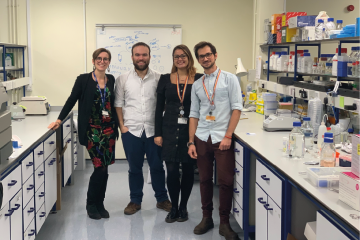Project grant
Ex vivo model for the study of epicardium-targeted therapies

At a glance
Completed
Award date
December 2017 - November 2019
Grant amount
£192,952
Principal investigator
Dr Paola Campagnolo
Co-investigator(s)
Institute
University of Surrey
R
- Replacement
Read the abstract
View the grant profile on GtR
